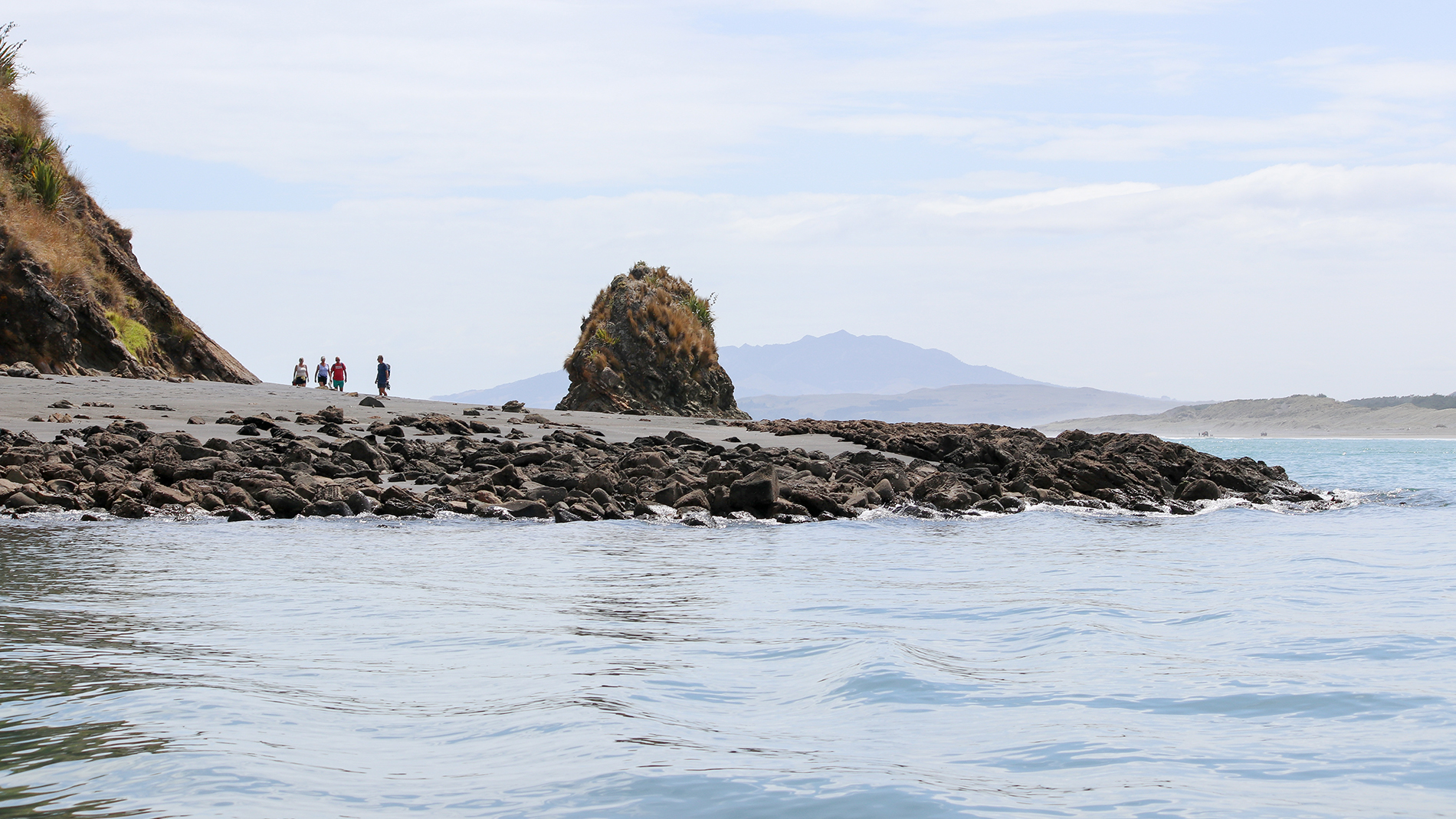On this page:
The West Coast zone covers a large geographic area of 425,835 hectares, or approximately 17 per cent of the Waikato region, stretching from Port Waikato in the north, to Mokau River in the south, and as far inland as Benneydale.
Its rivers and streams drain a large number of catchments to the Tasman Sea. The zone encompasses three district councils; Waitomo, Ōtorohanga and Waikato; and overall has a low population base of less than 3 per cent of the region’s population (Statistics New Zealand, 2006). Key settlements include Aotea, Aria, Awakino, Benneydale, Kāwhia, Marokopa, Mokau, Piopio, and Raglan.



To ask for help or report a problem, contact us
Tell us how we can improve the information on this page. (optional)